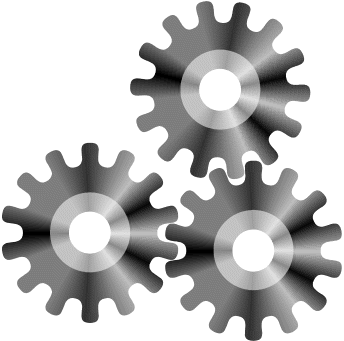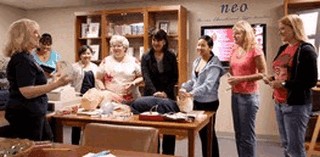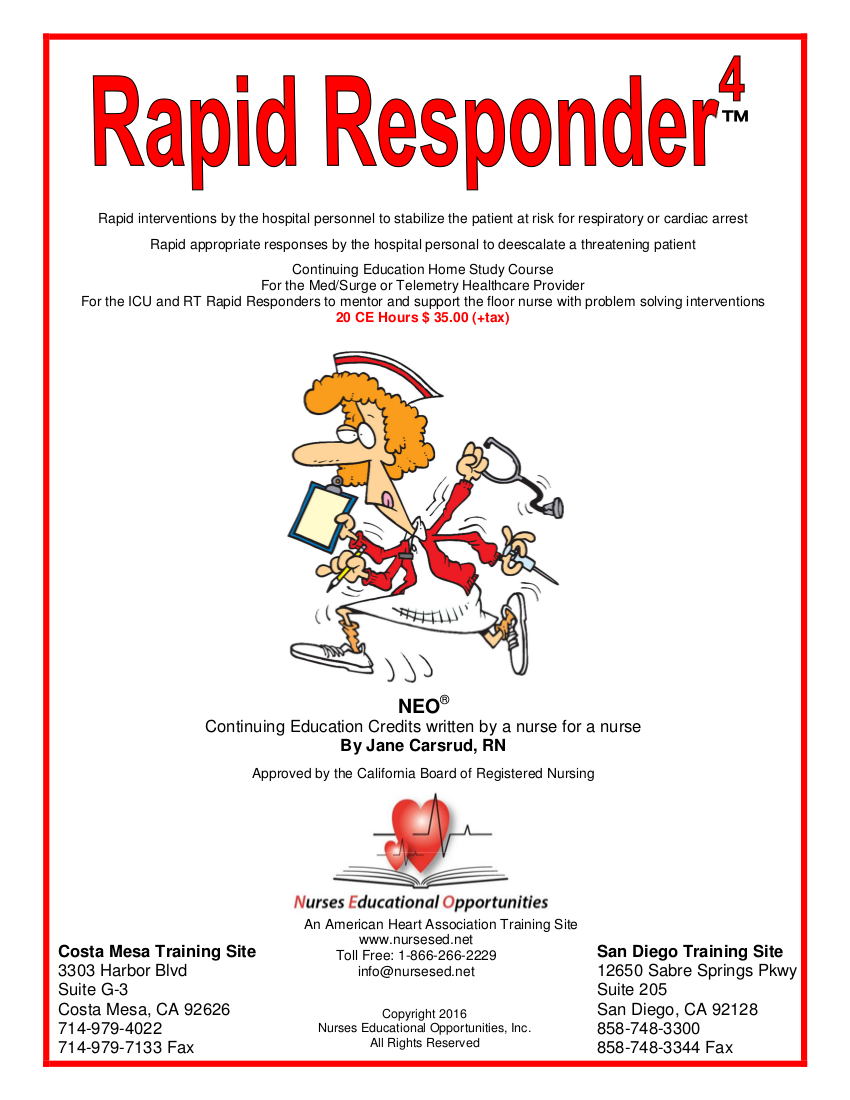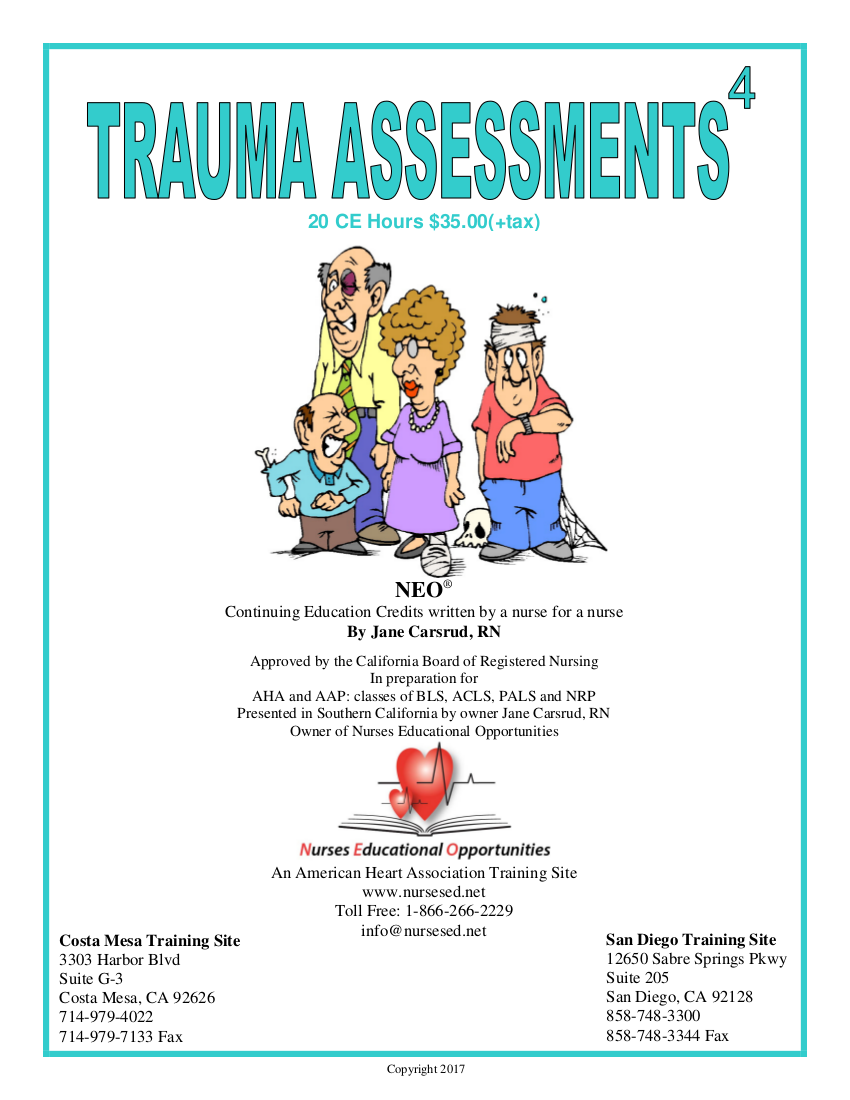Breastfeeding during Emergencies
Protect and Support Lactating Mothers
Natural disasters, manmade catastrophes, pandemics, and individual disasters may occur anytime without warning. During these extraordinary and unplanned situations the health and wellbeing of humans are at risk and the most vulnerable population is infants and children. During a disaster:
- Disease and death rates for children under 5 are higher than any group.
- 90% of deaths occur after the emergency due to diarrhea.
- 10 million children under the age of 5 die annually and 22% are due to diarrhea.
According to the World Health Organization more than 80% of deaths occur after the initial event.
After an emergency occurs the environment becomes contaminated and confusion and panic erupt due to the lack of shelters and basic resources and disease begins to spread.
According to UNICEF Breastfeeding saves lives after earthquakes and disasters occur. Breast milk is the cleanest and safest food during an emergency. It is the ideal nutrition for infants because it keeps babies hydrated and prevents malnutrition. Breast milk requires no supplies and is readily available. it’s also clean and sterile so the child runs no risk of contamination. When an environment is affected by a catastrophic disaster power lines and waterlines are severely affected. The electricity goes out and people get cold. Suckling and skin to skin may prevent hypothermia if such a disaster occurred. Furthermore, if the waterlines become contaminated then the safest food for babies becomes the mother’s milk because formula can be contaminated with E-Coli and salmonella.
It is important to educate mothers how to effectively breastfeed their newborns. Mothers should also be taught that breastfeeding during emergencies makes a difference in the survival of their baby. A mother who is moderately malnourished can still maintain milk production and breastfeeding should continue through most illnesses. A time of disaster can also cause stress especially amongst women but the female body is strong and stress will not affect breastfeeding it actually lowers stress levels because of the skin to skin contact.
Human milk will feed the baby and help fight infection and disease because of the valuable antibodies it contains whereas, electrolyte solutions will not. Formula will not provide the baby with the antibodies it needs. Because of the lack of sanitary water it is important for mothers to know that the water for formula must be boiled to greater than 70 degrees Celsius but during disasters electricity might be limited or absent. Also, without clean water bottles and teats contamination may infect. If the mother requires formula then it is important to teach her that cup feedings may me a better option. Also it is vital to monitor the infant for dehydration and illness. If formula is needed safety precautions must be prioritized and the baby should be monitored constantly.
The consequences of not breastfeeding may be that the infant or child may become sick and may die. The mother’s fertility will return sooner and this will increase the risk of malnutrition for the child.
Aid workers can play a pivotal role in maintaining lactation. Because formula companies respond with powdered formula to strengthen their marketing power, aid workers should support and encourage breastfeeding and discourage the introduction of formula. They should have knowledge of proper breastfeeding techniques to support mothers and assist with re-lactation. Aid workers can remind mothers to keep stimulating the breast for milk production and teach breast expression. They should also provide the mother with nutrition so that she may feed her baby.
In conclusion, breastfeeding saves lives because breast milk:
- Is always sterile.
- Requires no water, feeding utensils, or fuel.
- Always available to serve.
- Fights bacteria to prevent diarrhea and infection.
- Keeps baby’s warm.
- Lowers stress level in the baby and mother.
You can make a difference by teaching what you have learned about lactation. Together we can create a brighter future with reduced mortalities during catastrophes.



